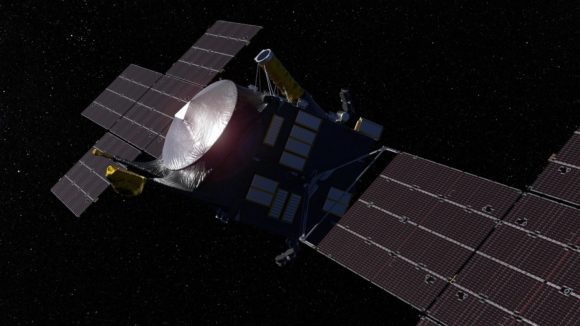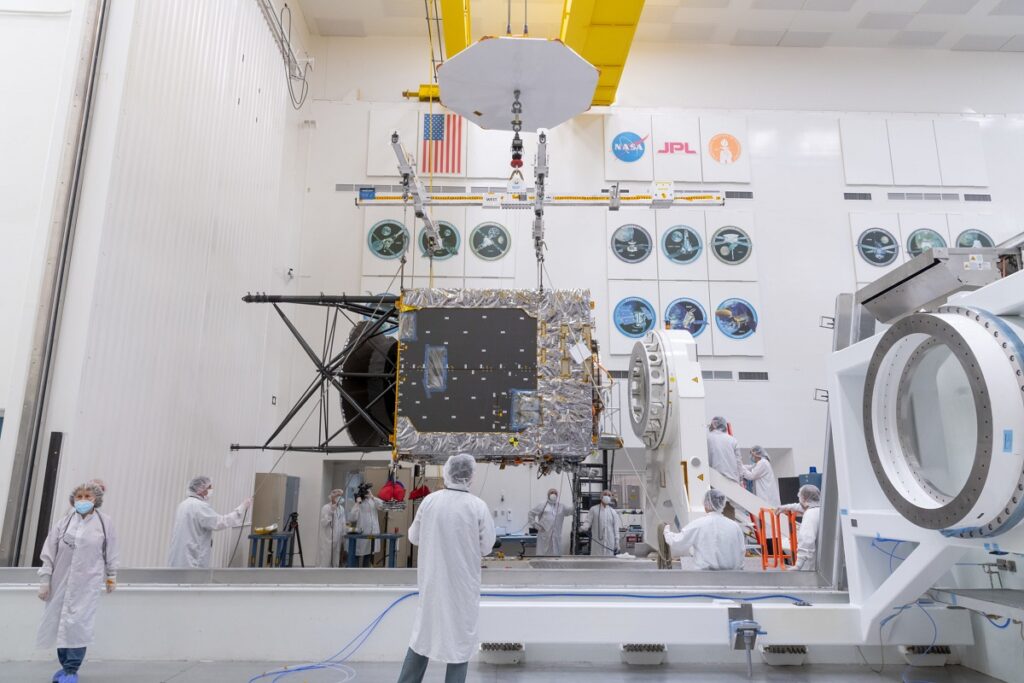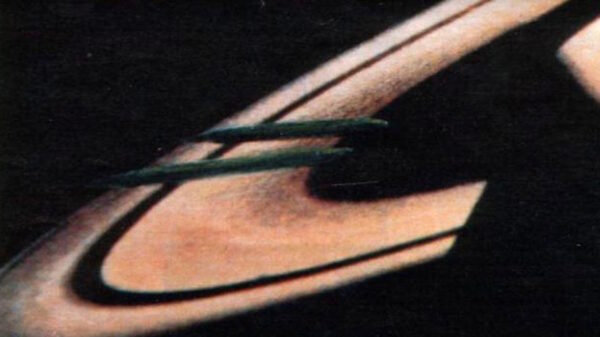At this moment, NASA’s Psyche spacecraft is advancing beyond the orbit of Mars, heading towards the metallic asteroid 16 Psyche. Contrary to the notion of steam propulsion, the spacecraft actually utilizes solar electric propulsion.
Specifically, it is equipped with Hall thrusters, which are a type of plasma engine.

The Psyche spacecraft, launched on October 13, 2023, traversed the inner Solar System without any cruise maneuvers, covering over 300 million kilometers in six months. During this period, the Mission Control Center conducted checks and adjustments to the spacecraft’s systems and instruments. The team has now decided to activate its ion engines.
Technically, these are not ion engines but Hall effect thrusters, also known as plasma engines. Their operating principles are quite similar; plasma engines, for instance, do not use grids to accelerate ions and offer slightly higher thrust than ion engines, albeit with a marginally lower efficiency or specific impulse.
Indeed, ion and Hall effect thrusters produce minimal thrust. Yet, their advantage lies in their ability to operate continuously for extended periods—months or even years—with remarkable efficiency. Their specific impulse can reach thousands of seconds, in stark contrast to the most efficient chemical thrusters, which cap at around 400 seconds.

Both kinds of thrusters are typically called “electric” since they require an electrical potential difference to accelerate the ions, often noble gas anions like xenon, krypton, or argon.
The Psyche spacecraft carries 1085 kg of xenon as propellant, contained at 45 ºC across seven tanks, each with an 82-liter capacity.
Indeed, the Psyche spacecraft boasts the largest xenon reserves ever used in space exploration.
Each of its four plasma engines is capable of producing approximately 240 millinewtons of thrust, with only one engine active at any given moment. The daily xenon consumption ranges from 0.35 to 1.3 kilograms, varying with the thrust needed.
Psyche is scheduled to reach its target in August 2029, and to achieve this, it will execute a gravity assist maneuver by performing a flyby of Mars in May 2026.
Psyche’s engines use electricity generated by huge solar panels capable of producing 21 kilowatts in Earth orbit and a minimum of 2.3 to 3.4 kilowatts in Psyche’s orbit (the asteroid’s distance from the Sun is 2.7 astronomical units).
The solar panels have a total area of 75 square meters and consist of 22,730 photovoltaic cells. Each panel is 11.3 meters long.
And now the most interesting part: the probe’s engines. For some reason, most official NASA press releases do not mention what model of engines are used or who is their manufacturer.
The Psychey spacecraft is powered by four SPD-140 engines manufactured by the Russian company OKB Fakel.
This company has long supplied plasma engines to Maxar (previously known as SSL), which installs them in the orbit correction systems of geostationary satellites. This is crucial for maintaining the spacecraft’s precise position. As Maxar is the primary contractor for the Psyche spacecraft, it chose not to “reinvent the wheel.” Despite the so-called “free world” turning its back on us under Uncle Sam’s influence, Maxar opted for Russian SPD-140 engines. They are significantly more affordable and equally reliable as their American equivalents.
The Psyche spacecraft, of course, isn’t the first to utilize ion engines; others, like Deep Space 1 and Dawn, were trailblazers. However, Psyche is the first American spacecraft to traverse the Solar System powered by Russian plasma engines.
The SPD-140 (Stationary Plasma Engine-140) was developed in the late 1980s by the Fakel Design Bureau. Following the USSR’s dissolution, the United States took a keen interest in these engines. In 1997, they underwent testing at the University of Michigan’s PEPL (Plasma Dynamics and Electromotive Laboratory).
Since then, these engines, along with others like the SPD-100, have been employed in manufacturing geostationary satellites, including the Eutelsat 172B.


















